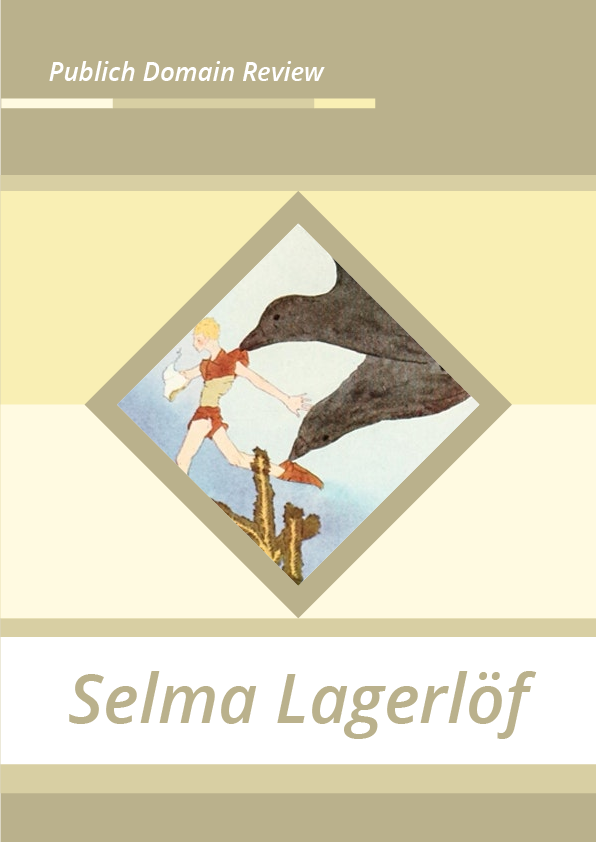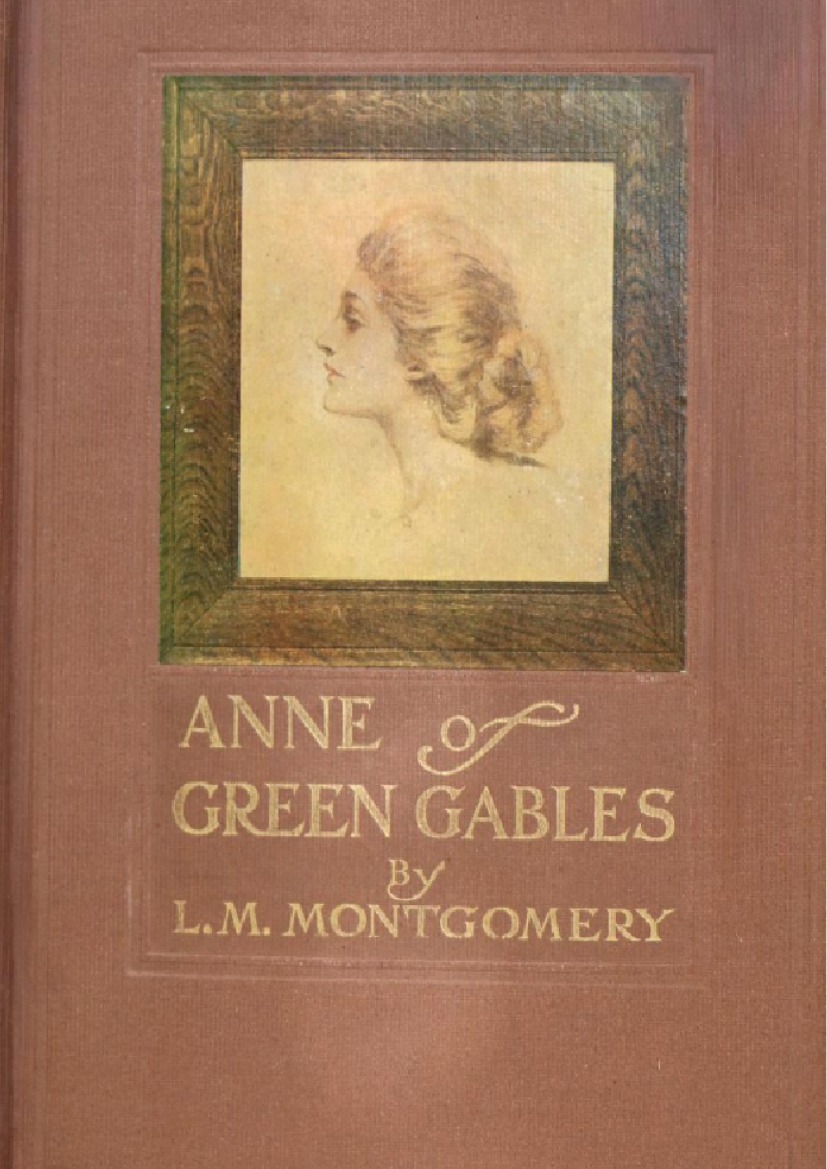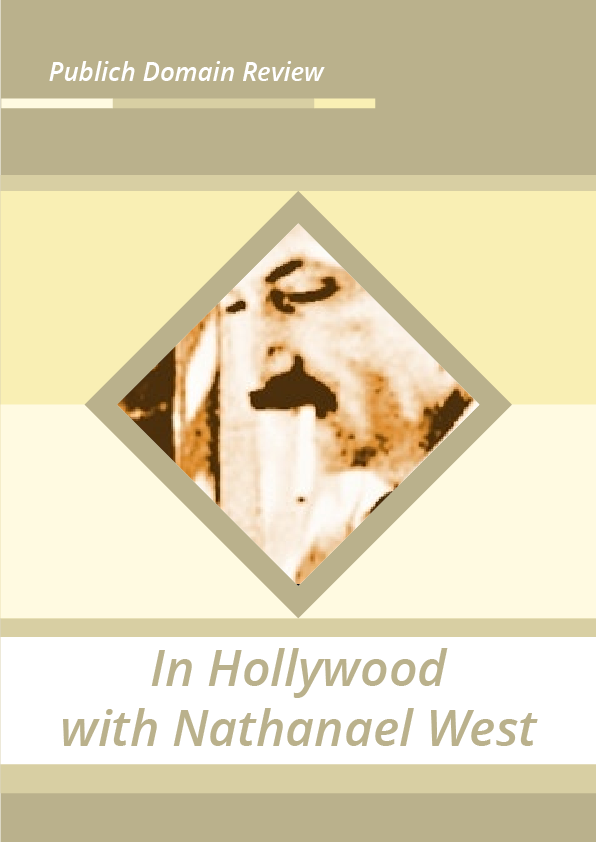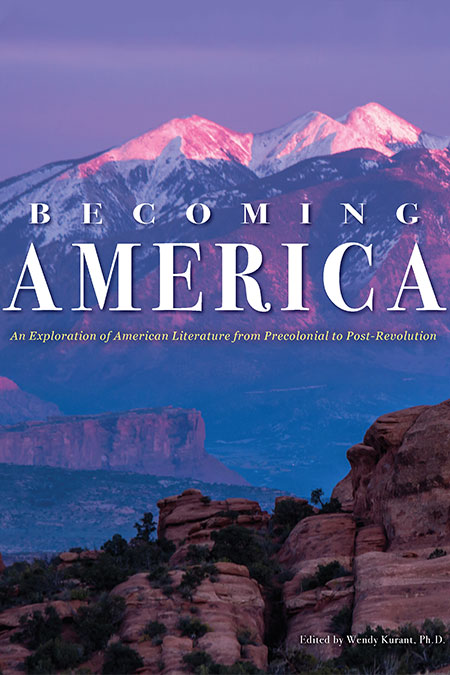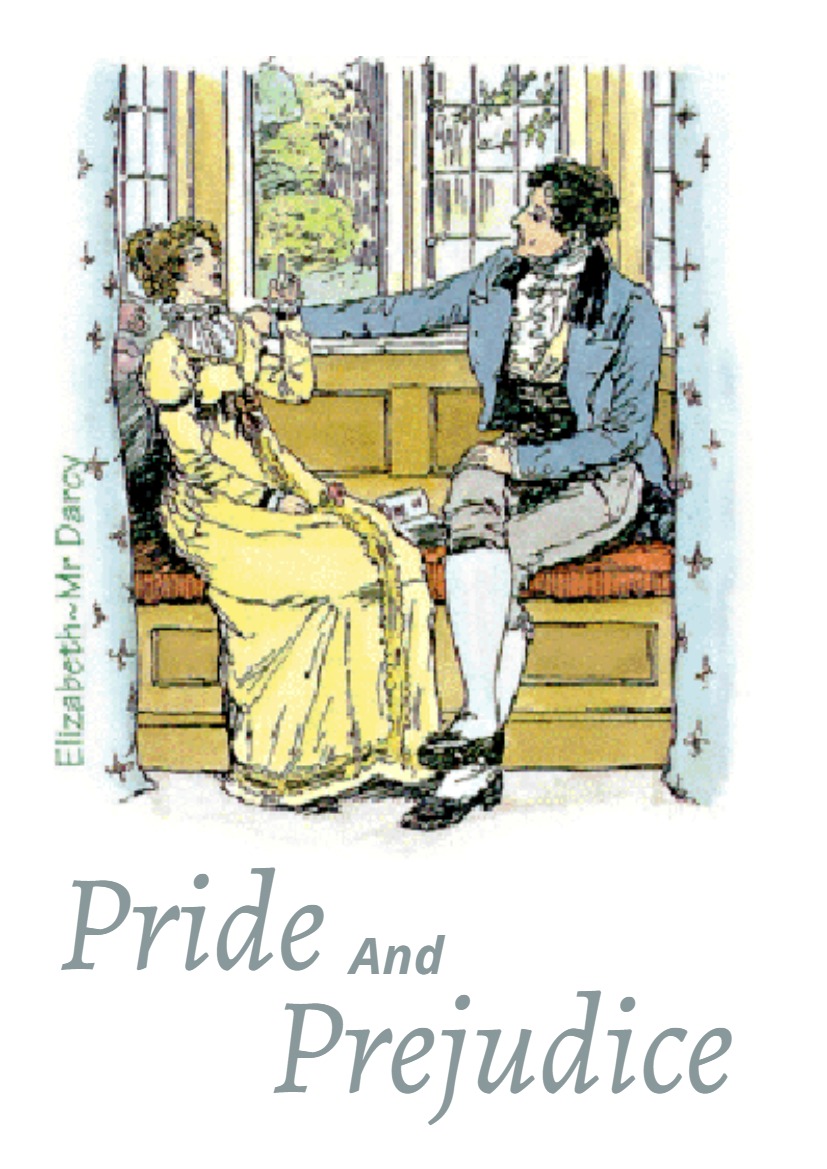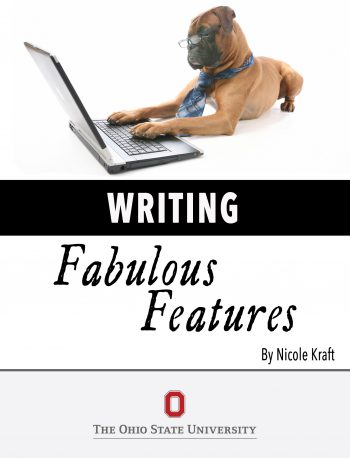Surface and Depth
In 2011 many countries around the world welcomed The Wonderful Adventures of Nils and the other works of the Swedish writer Selma Lagerlöf into the public domain. Jenny Watson looks at the importance of Lagerlöf’s oeuvre and the complex depths beneath her seemingly simple tales and public persona.
In 1909, an ageing “spinster,” with a marked limp, stood in the Grand Hotel in Stockholm. That woman was Selma Lagerlöf, the first woman and the first Swede to win the Nobel Prize for Literature. She stood in front of a large audience, which included the King and Queen of Sweden, and delivered her Nobel Prize Banquet Speech, a speech which to many epitomized who she was, a charming and humble sagotant, a quaint, sweet storyteller aunt, who received her inspiration from Wermland and in particular, her father.
Lagerlöf opened her speech by explaining that she had been nervous coming up to Stockholm to receive the prize, that her previous trips to Stockholm had been to do something “difficult,” such as take examinations or try to find a publisher for her work, never to be celebrated. Moreover, in the past few months she had lived in solitude and had become shy. She dispelled her anxiety, though, by thinking of those who would be happy for her. This was when she had thought of her father and wished that he were still alive to see the moment. Almost imperceptibly, Lagerlöf glides into storytelling, creating a scene in which she imagines visiting her father in Paradise and telling him she is in debt and needs his help. It eventually becomes clear that this debt is what she owes to those who have contributed to and supported her as a writer: the vagabonds who gave her stories to tell through their actions, the Swedish language and those who taught it to her, the great authors of Sweden, her readers and most of all the Academy which has placed its trust in her. In true Lagerlöf fashion, she humbly deflected the recognition she deserved for the Nobel Prize, and at the same time ― through a charming story ― demonstrated her storytelling sagotant abilities and her devotion to her father.
In a less flattering light, the contemporary Swedish writer, P.O. Enquist, has interpreted Lagerlöf’s speech as a reflection of Lagerlöf’s co-dependence on an alcoholic father. No doubt, Lagerlöf’s father was an alcoholic, something on which Lagerlöf did not concentrate in her later fictional memoirs (Mårbacka and A Child’s Memories). Nor did she concentrate on the fact that her father was completely against her furthering her education; and in direct defiance of his wishes, she did so anyway. Instead, she highlighted the father who sang songs, brought laughter to the family and had dreams for the family home, Mårbacka. Does this indicate repression and co-dependence, as Enquist argues? Perhaps.
More likely, however, and better supported by her life and works, is that Lagerlöf was a multi-faceted woman who understood the difference between surface and content. Lagerlöf entered the world of writing with few female role models, a strong desire to make her mark on the world and the recognition that it would be men who would make or break her career.
And she was correct. Lagerlöf’s first literary attempts were at the age of fifteen, but her breakthrough came in the late 1880s when she finally gained the courage to write the work she wanted to, Gösta Berlings Saga (1891) ― an epic novel that contradicted the Naturalist tendencies of the time. In 1890 she sent the first five chapters to Idun magazine’s literary contest and won. Following this recognition, the full manuscript was published by Fritiof Hellberg in Stockholm. Although the work was well received by her fellow Wermlander, Gustaf Fröding (also a distant relative to Lagerlöf), most literary critics who took notice were not so enthusiastic, claiming that the narration was “strange,” the style “unnatural,” and the structure “rather loose.” These aspects, however, were exactly what the internationally renowned literary critic, Georg Brandes, would praise in 1893, when he reviewed the book for the first time. He found the presentation of material “original,” and praised the “narrative’s rhythmically fluid, often quite simply lyric style.”
